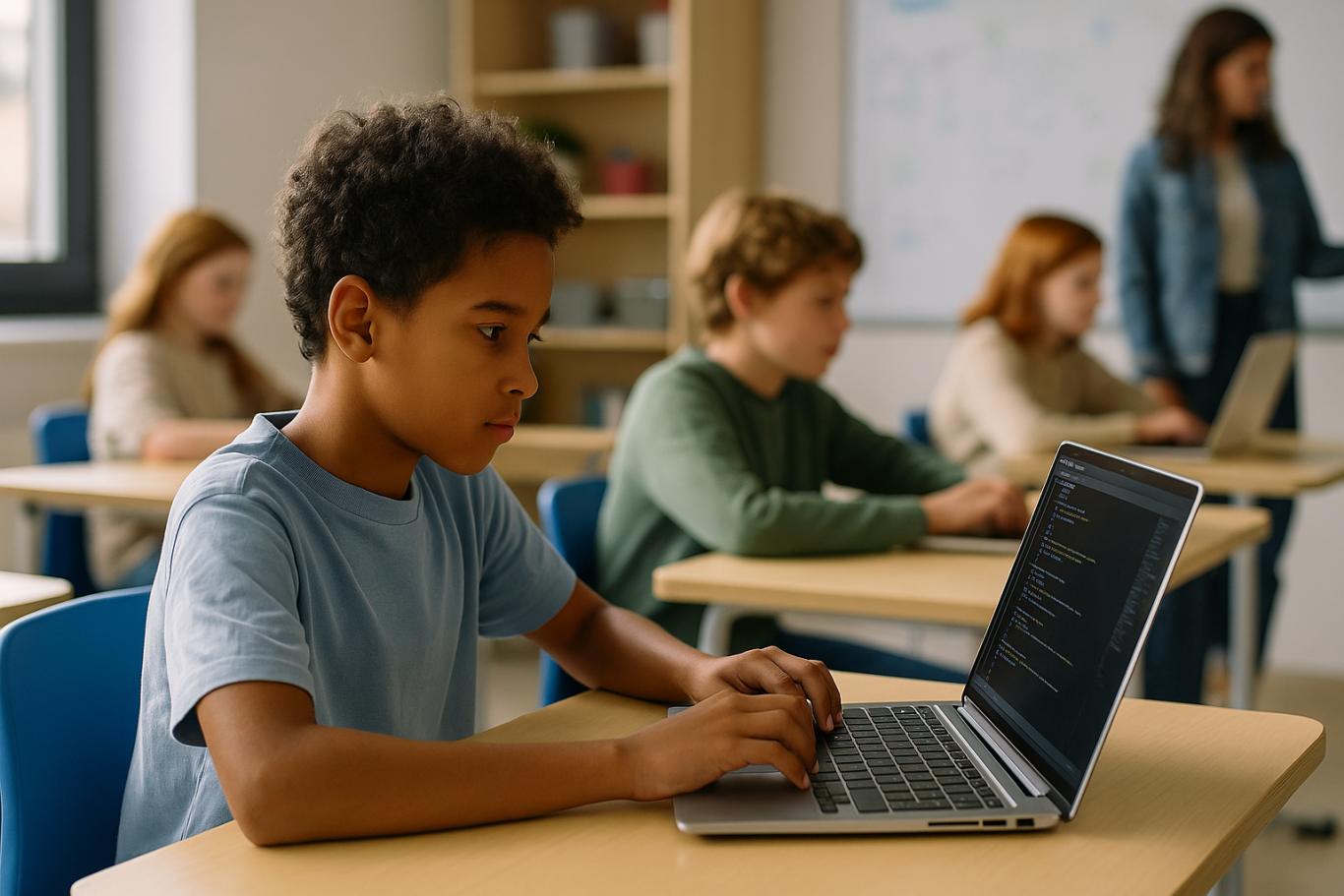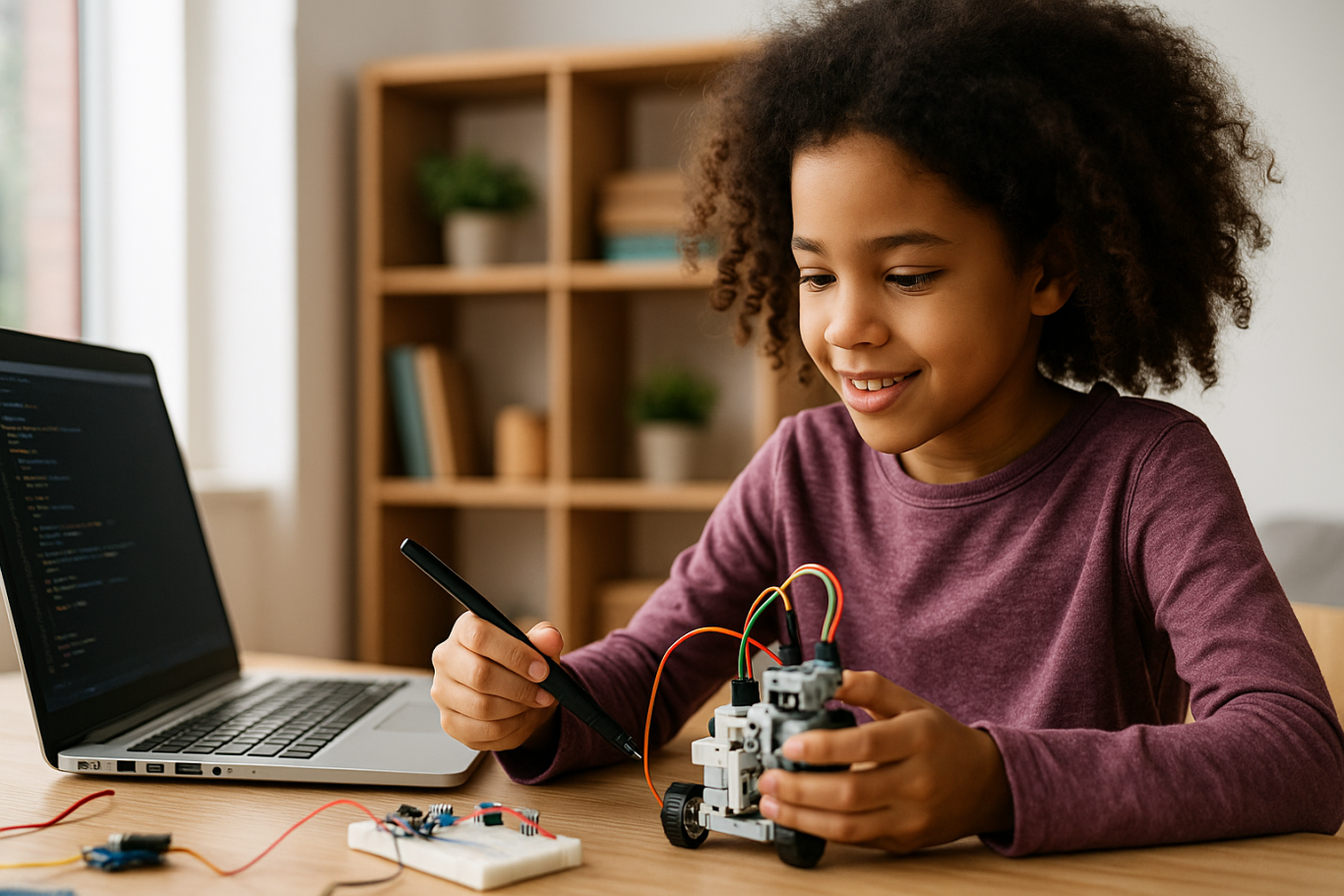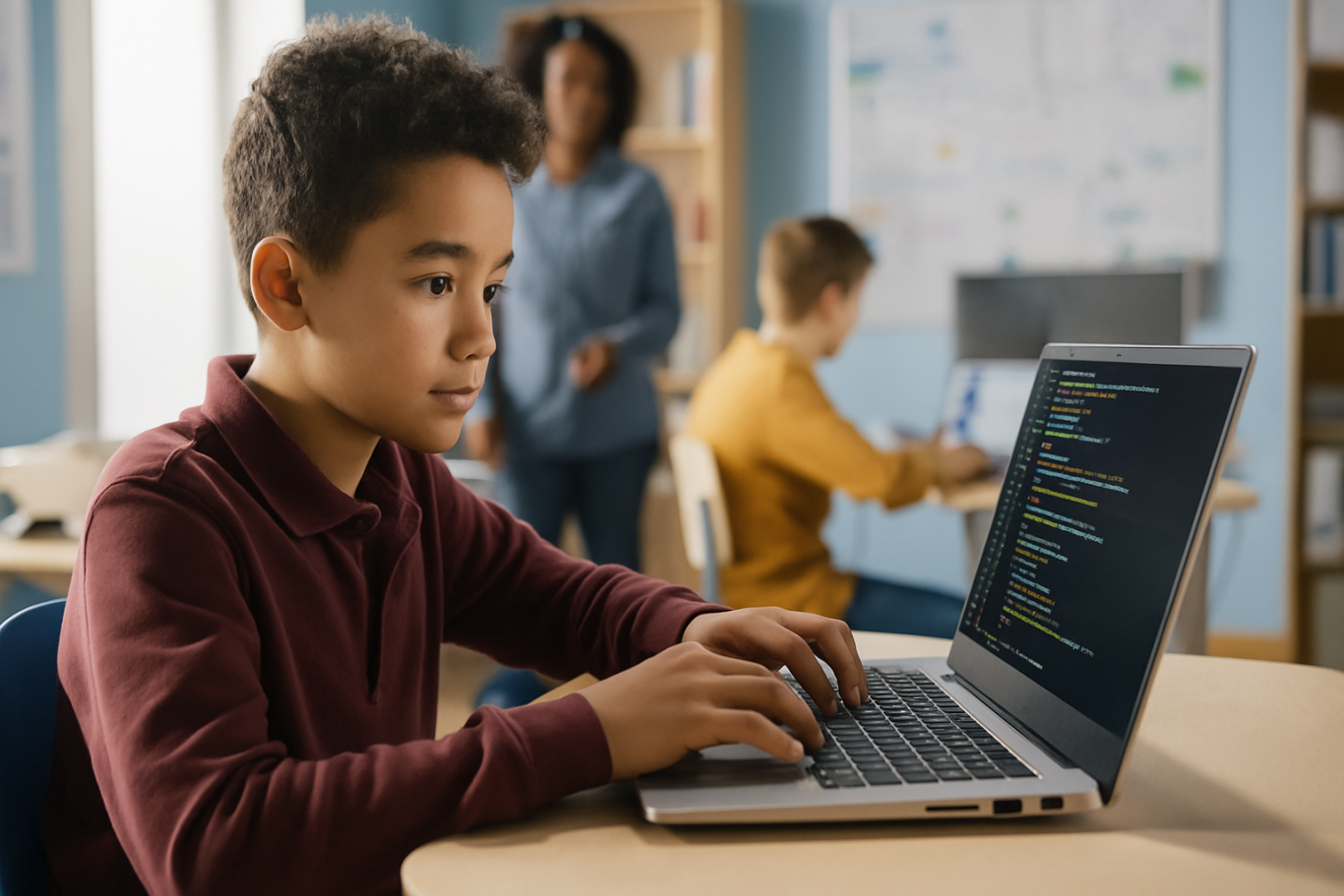Why Coding Is Important for Kids in 2025?
As technology continues to shape the future, many parents are asking an essential question: why is coding important for kids? Coding, or computer programming, is no longer just for IT professionals. Today, it has become a valuable skill that even young children can begin to explore. But beyond the buzz around technology, coding actually teaches life skills that are useful across many areas of a child’s development.
This article explains why coding is important for kids, how it benefits them now and in the future, and how you can help your child get started.
Coding Builds Logical Thinking and Problem-Solving Skills

One of the main reasons why coding is important for kids is its impact on how children think. Coding teaches children how to break down large problems into smaller, manageable parts. This methodical approach enhances their logical thinking. For example, when writing code, children need to think through the steps of what they want a program to do, and in what order. If something does not work, they must figure out why and revise their plan.
These problem-solving abilities are valuable far beyond the computer screen. Children learn how to think critically, plan carefully, and solve challenges step by step. These are the same skills needed for academic success and real-life decision-making.
Enhances Creativity and Encourages Innovation

Another powerful reason why coding is important for kids lies in how it sparks creativity. Contrary to the common belief that coding is only technical, it is also a deeply creative activity. Kids can design games, animations, or stories using simple programming tools. When they see their code bring characters to life or create a working app, it boosts their confidence and imagination.
Coding encourages kids to experiment, make mistakes, and learn from them. This process of trial and error is crucial in developing an innovative mindset. It teaches children that failure is not the end, but a chance to improve and try again.
Prepares Kids for Future Careers

Many of the jobs of the future will involve technology in some way. Understanding why coding is important for kids now can give them a strong advantage later. Coding is not just for becoming a software engineer or web developer. Fields like medicine, finance, design, and even agriculture now use coding and data analysis.
Starting early gives children more time to master the basics and grow their skills over time. It also helps them become comfortable with technology and see themselves as capable creators, not just users. Even if they do not pursue a tech career, the mindset coding builds will serve them well in any profession.
Supports School Performance and Academic Success

Coding complements many school subjects, especially math and science. It reinforces concepts like patterns, sequencing, and variables. When kids apply these ideas in a coding project, they understand them more deeply. This is why coding is important for kids when we think about improving learning outcomes.
Moreover, learning to code improves focus and attention to detail. Small mistakes in code can break a whole program, so kids learn to check their work and be precise. These habits can help them in writing essays, solving math problems, and studying for exams.
Encourages Teamwork and Communication

Although coding might seem like a solo activity, many projects involve working in teams. Kids learn to share ideas, give and receive feedback, and collaborate to solve problems. These social skills are just as important as technical ones.
In many coding classes or online platforms, children build projects together, present their work, and learn to explain their thinking. This boosts their communication skills and helps them feel more confident in expressing ideas clearly and respectfully.
Makes Technology Feel Less Intimidating

Another reason why coding is important for kids is that it helps reduce fear of technology. Instead of being passive users of phones and apps, kids become active creators. They gain a better understanding of how technology works and feel empowered to shape it.
This sense of control and understanding can reduce screen time that is passive or unproductive. When kids have fun learning to code, they are more likely to use devices in a meaningful and educational way.
Try a Free Coding Class Today
If you now understand why coding is important for kids, the next step is to help your child begin their journey. At Timedoor Academy, we offer fun, beginner-friendly coding classes for kids aged 6 and up. Our lessons are designed to nurture creativity, build problem-solving skills, and spark curiosity about the digital world.

Ingin tahu detail program?
We believe every child deserves a chance to learn how to code in a supportive, hands-on environment. That’s why we are inviting your child to try a free trial class and see how exciting learning to code can be.
Try a free trial class today at Timedoor Academy and let your child experience the joy of creating their first program.